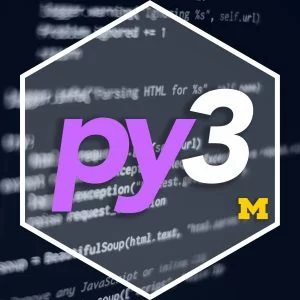
In this practical course, we are going to focus on supervised machine learning and how to apply it in Python programming language.
Supervised machine learning is a branch of artificial intelligence whose goal is to create predictive models starting from a dataset. With the proper optimization of the models, it is possible to create mathematical representations of our data in order to extract the information that is hidden inside our database and use it for making inferences and predictions.
A very powerful use of supervised machine learning is the calculation of feature importance, which makes us better understand the information behind data and allows us to reduce the dimensionality of our problem considering only the relevant information, discarding all the useless variables. A common approach for calculating feature importance is the SHAP technique.
Finally, the proper optimization of a model is possible using some hyperparameter tuning techniques that make use of cross–validation.
With this course, you are going to learn:
What supervised machine learning is
What overfitting and underfitting are and how to avoid them
The difference between regression and classification models
Linear models
Linear regression
Lasso regression
Ridge regression
Elastic Net regression
Logistic regression
Decision trees
Naive Bayes
K–nearest neighbors
Specification: Supervised Machine Learning in Python
|
User Reviews
Be the first to review “Supervised Machine Learning in Python” Cancel reply
This site uses Akismet to reduce spam. Learn how your comment data is processed.

| Price | $12.99 |
|---|---|
| Provider | |
| Duration | 11 hours |
| Year | 2021 |
| Level | Intermediate |
| Language | English ... |
| Certificate | Yes |
| Quizzes | No |

$84.99 $12.99






There are no reviews yet.